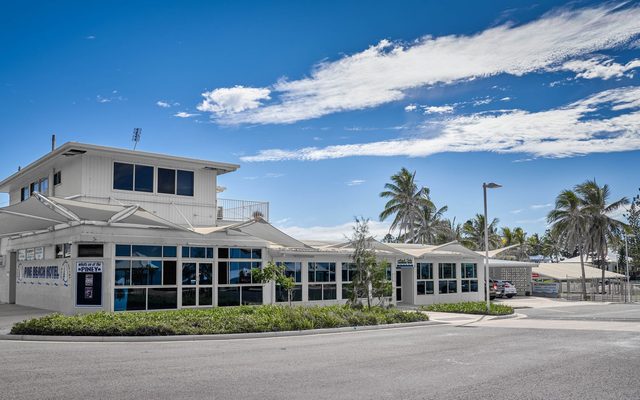This article is from the Australian Property Journal archive
AUSTRALIA’s house price growth has slowed down to 8.7% in the past 12 months, resulting in the country slipping to fourth to sixth position globally in Knight Frank’s Global House Price Index, Q1 2016.
Growth is still trending above the 10-year annual average of 4.2%, but despite record low interest rates of 1.75% Knight Frank said prices are unlikely to keep growing at the same rate, given record high mortgage debt relative to income and the introduction of new fees for foreign buyers last December.
The last previous low of 5.1% annual growth for houses was recorded in January 2014.
Residential research Australia director Michelle Ciesielski said overall growth in annual capital values has returned to more sustainable levels in 2016, close to that experienced just over two years ago in the Australian mainstream housing market.
“Despite confidence from better-than-expected GDP growth in the March 2016 quarter (to 3.1%), a fall in unemployment (to 5.7%) together with the cut of 25 basis points to the official cash rate in May 2016 to 1.75%, it is possible we will see a further uptick in investor lending, and modest growth in capital values along the Australian east coast in the coming months,” Ciesielski said. “However, it is unlikely we will see price growth as strong as experienced in the peak of mid-2014 and late-2015,”
The index compares the performance of mainstream residential markets in 55 countries across the world, with the index growing by 3.4% on average in the 12 months March 16.
Turkey came in at the top of the list with annual growth of 15.3%, although like Australia the strong figure also represented slowing growth.
The slowdown of a number of Asian economies filtered through to house prices, with Singapore, Hong Kong, Taiwan, Indonedia and Malaysia all affected. Prices in India continued to be hampered by oversupply, whilst the Chinese market remained polarised.
The US and UK experienced only modest growth in the March quarter of 0.9% and 1.6% respectively, linked to the US presidential election campaign and talk surrounding the potential Brexit.
New Zealand’s prices increased by 11% year-on-year to give it third place, but were down marginally from their Q3 2015 peak.
Strong performances were seen in Sweden, at 12.8% annual growth and second on the index with prices 48% above the low of the first quarter of 2009, whilst Lithuania came in at fourth with 10.5% growth year-on-year and Malta at 9.9%.
Rounding out the top ten after Australia in sixth were Mexico, Israel, Austria and Ireland, with Canada in 11th spot.
Australian Property Journal




